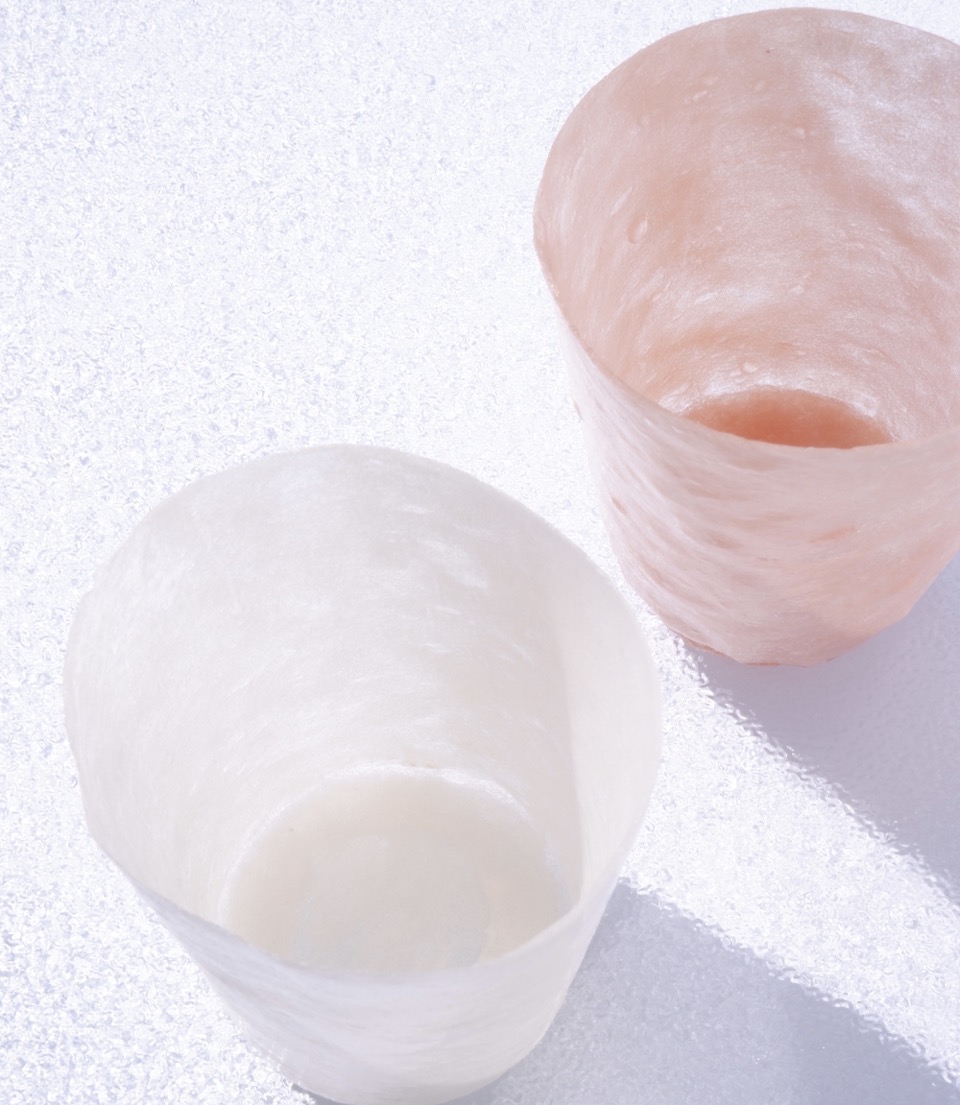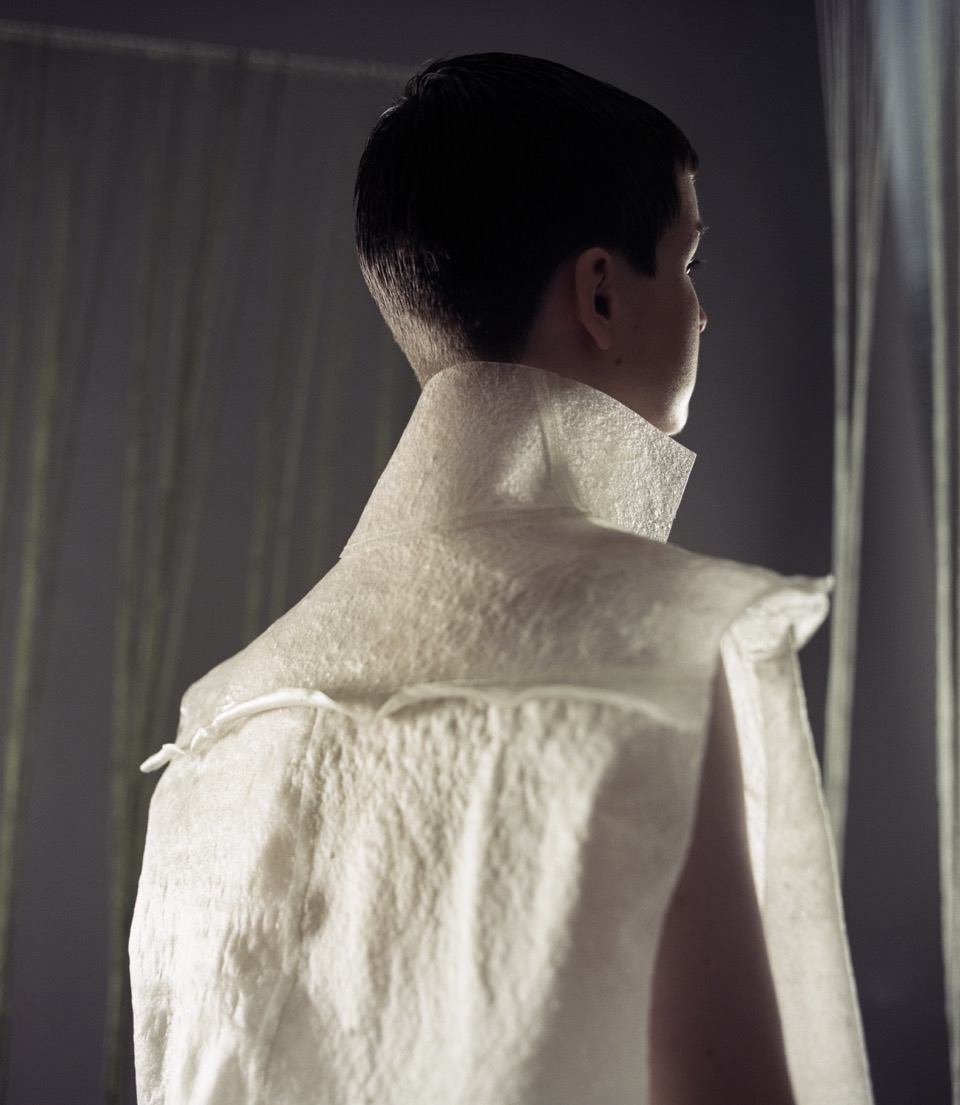Plastics and their overconsumption has been a huge talking point throughout the past decade, with the use of bioplastics in design now being seen as a potential solution to the problem. Bioplastics, a process that has actually been around for 100 years, refers to plastic made from natural materials such as a plant or other biological matter. What is surprising, is that with us all having seen the devastation non-recyclable and non-biodegradable plastics can cause to wildlife and the planet, bioplastics still only make up just 0.2 % of all plastics.


Paula Nerlich is a designer and explorer working in the fields of material and bio design, who researches the latest trends and develops new innovations within sustainable design. Her current bio design project explores bioplastics and foams made from industrial and household food waste. Using aquafaba, a protein and sugar enriched water left behind from soaking or cooking chickpeas, and a bi-product most commonly used in vegan cooking as a substitute for eggs, Nerlich is able to produce her own bioplastics.

Mixing aquafaba with other natural ingredients, she cooks and shapes the matter by hand to create any form that is required. Using these materials, she has then been able to develop her own vegan biodegradable tableware collection and also, as part of a collaboration with the stylist Jules Rumpf, individual fashion pieces. The beauty of this material is that you don’t have to sacrifice aesthetics as it naturally comes in a palette of terracotta and pastel pinks according to the thickness of the material. It also can be used with other natural dyes and the long-term goals are for this biodegradable material to be 3-D printed.


As great alternatives to fast fashion and a throwaway culture, this new biomaterial research and development undertaken by the likes of Nerlich and other material technologists will hopefully radically transform material usage and production techniques and in the near future help to eradicate harmful plastics.
